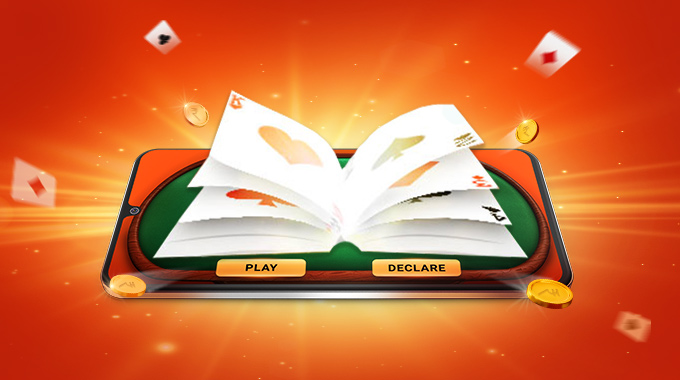Using Monte Carlo Simulations to Model Winning Strategies in Rummy
Especially in card games like Rummy, Monte Carlo simulations are becoming a common approach for players to further improve their playing strategy. Today on the PokerCircle blog, we will discuss how these simulations operate and how they could assist you in better decision-making during your Rummy games.
Introduction to Monte Carlo Simulations
Monte Carlo simulations are an approach for understanding difficult scenarios and projecting multiple outcomes using random sampling. Named for the well-known Monaco gaming facility, these simulations are excellent for circumstances involving probability and fate. Running multiple trials with varied inputs allows players to assess the probabilities of different outcomes, therefore guiding their actions according to statistical data.
Monte Carlo simulations are mostly beneficial when you play rummy online since they allow one to get an understanding of unanticipated situations. Knowing the probability of different game scenarios might help a player win in Rummy, where the outcome depends on the cards drawn and the strategies followed.
Understanding Rummy Game Mechanics
Played usually with two decks and involving two to six players, rummy is a popular card game in India. The goal is to use the cards in your hand to form valid sequences and sets. A player must create at least one pure sequence—three successive cards of the same suit—to win.
Rummy requires players to constantly assess the likelihood of obtaining the cards they need, hence probability is quite important. Knowing the likelihood of getting particular cards would enable players to make wiser decisions during the game.
Monte Carlo Simulations in Rummy
By helping to replicate various game scenarios in Rummy, Monte Carlo simulations let players project the likelihood of obtaining particular cards or reaching specific results. Simulating thousands of games helps players to observe how different approaches perform under different circumstances.
A player could pretend to have particular cards and then examine the likelihood of finishing their sequences based on the cards that remain in the deck. These simulations also enable participants to see how their decisions might affect outcomes.
Example of Monte Carlo Simulation in Rummy
Consider a player looking for the ideal approach for creating sequences. They can create a simulation running several games, tracking the outcomes depending on several strategies, such as keeping onto valuable cards or allowing them to drop early.
Should the simulation demonstrate that maintaining high-value cards typically results in setbacks, the player can modify their strategy.
Benefits and Limitations
Monte Carlo simulations offer several advantages in rummy. These make it easier for people to understand the game and therefore they can be able to make better decisions. When risks and rewards are quantified, players improve their gameplay and win more often.
However, one should note some limitations. Monte Carlo simulations depend on how accurate the input data is and how good the model is. Incorrect simulation assumptions may lead to unrealistic outcomes.
Conclusion
The use of Monte Carlo simulations is beneficial in simulating winning Rummy strategies. Through such simulations, players can better their play, sharpen their strategies, and also be able to make more intelligent decisions. With the advancement in technology, there will be greater and more creative uses of this formidable instrument in the world of games.




